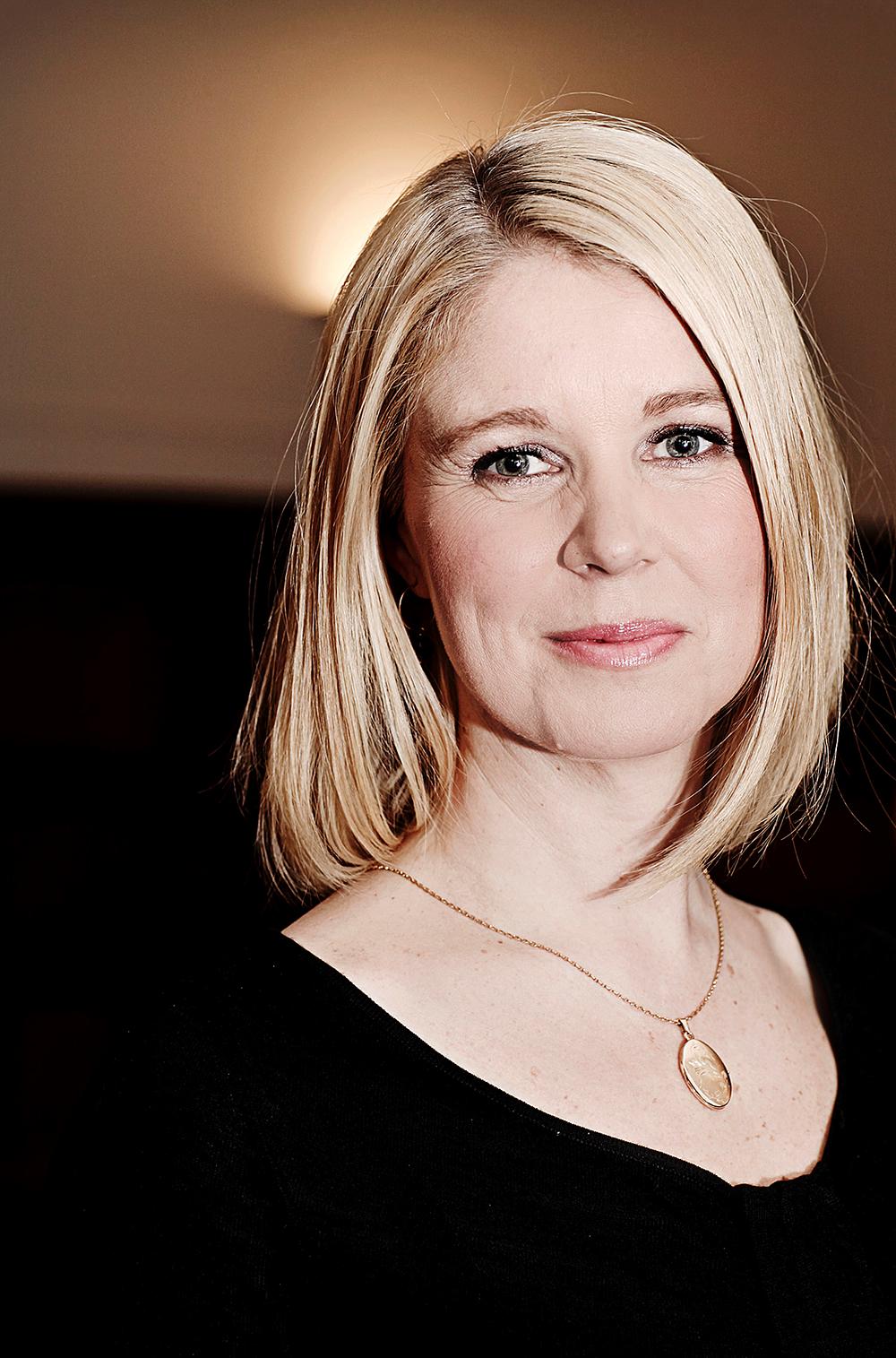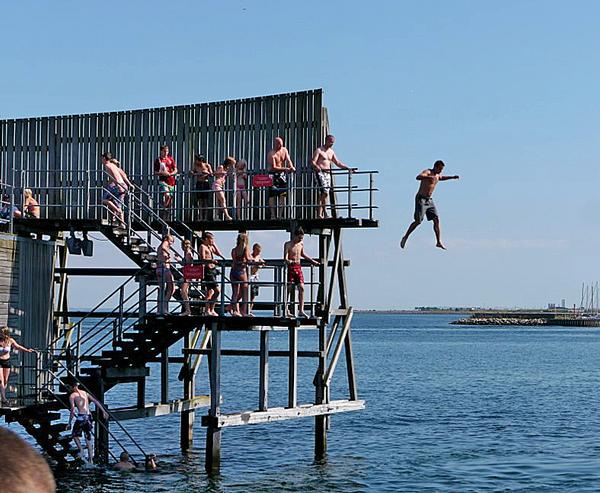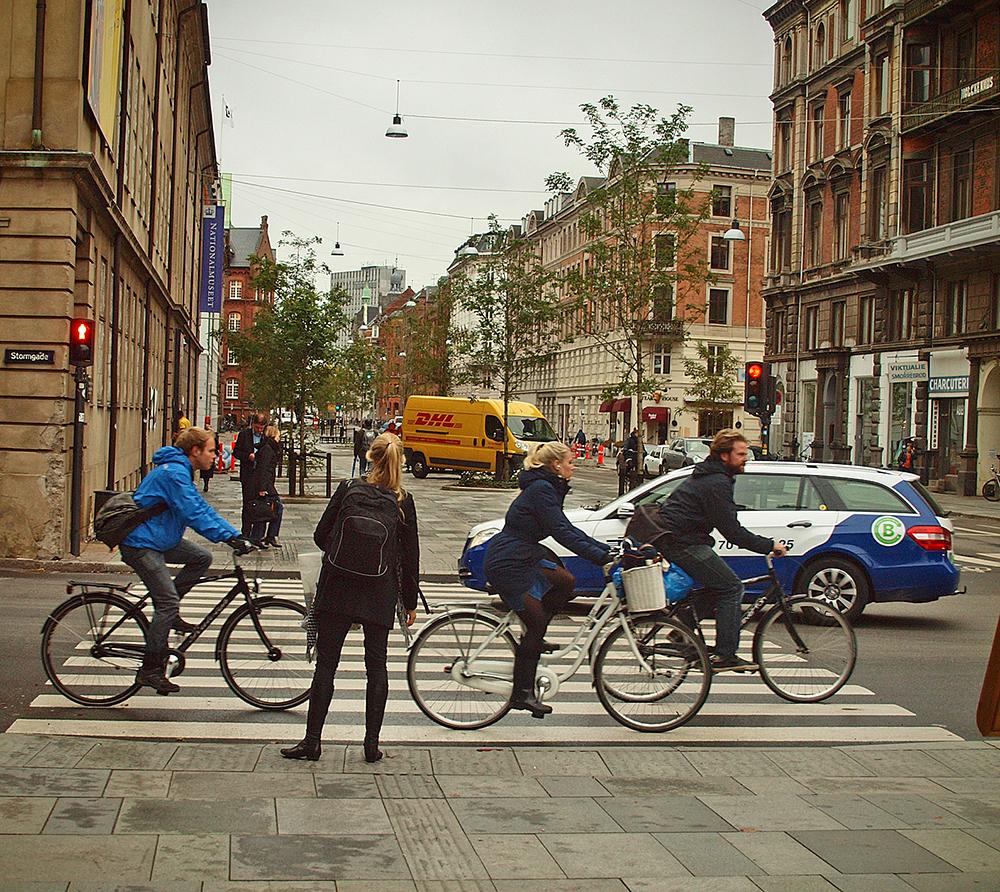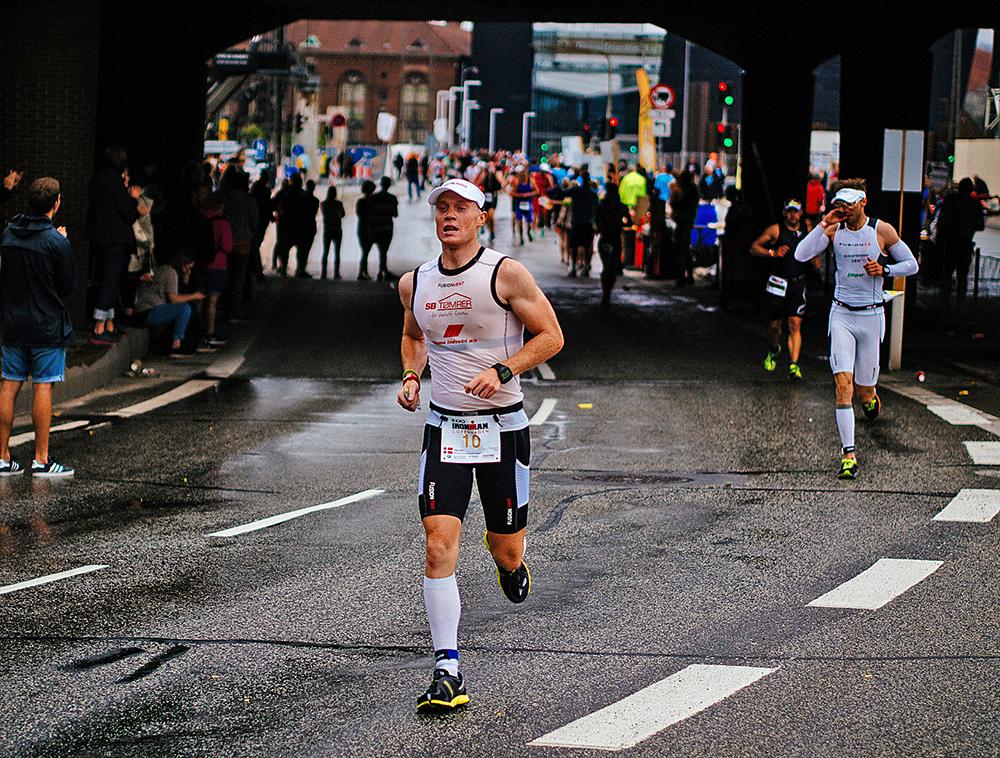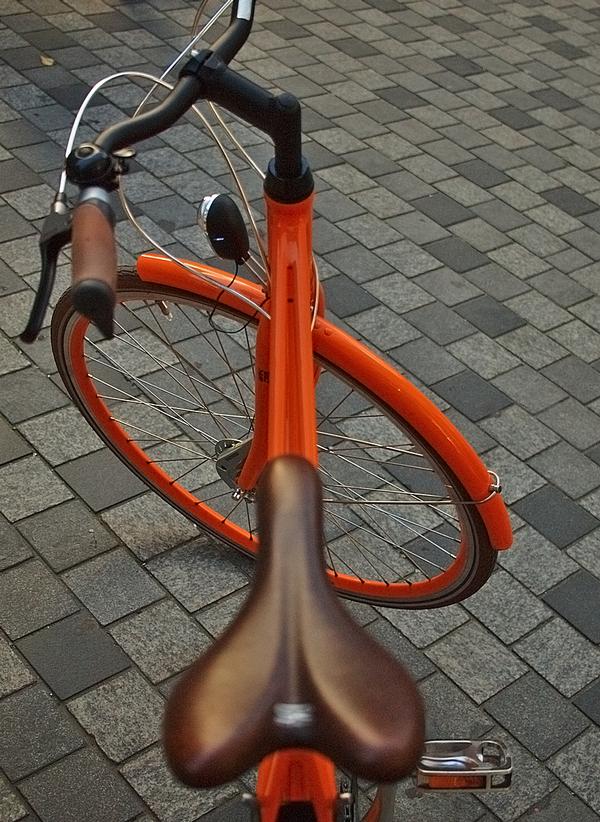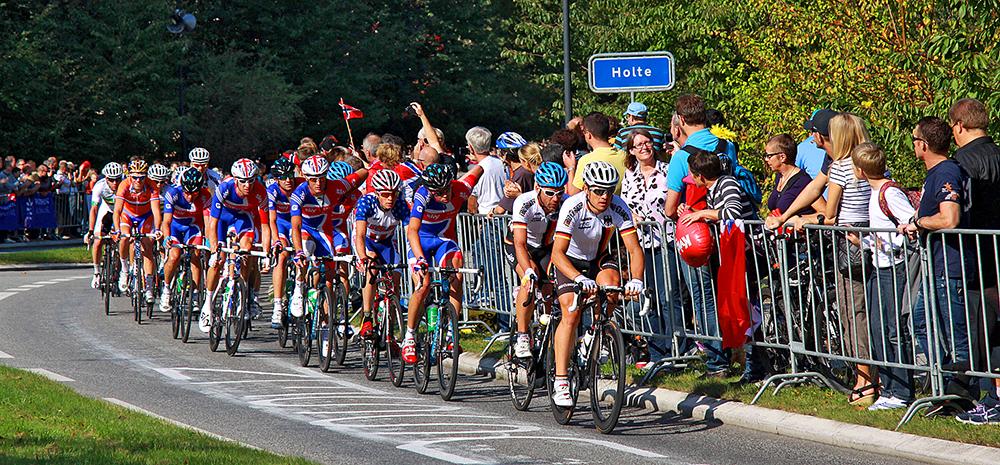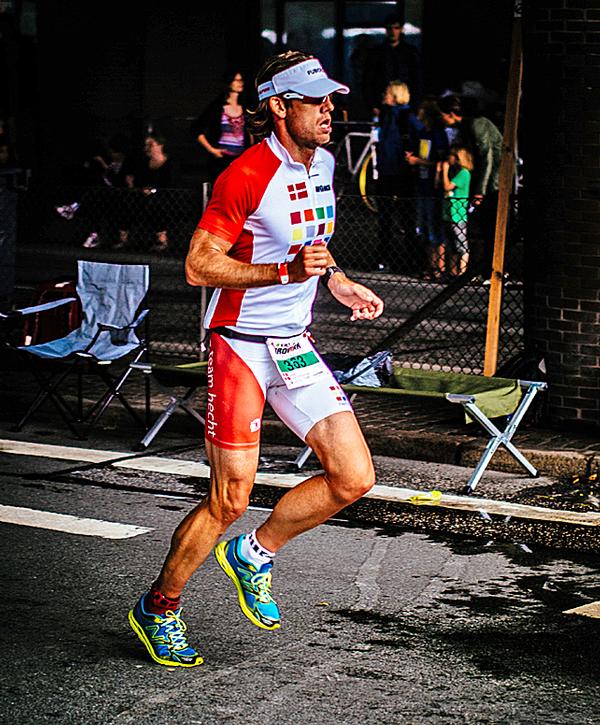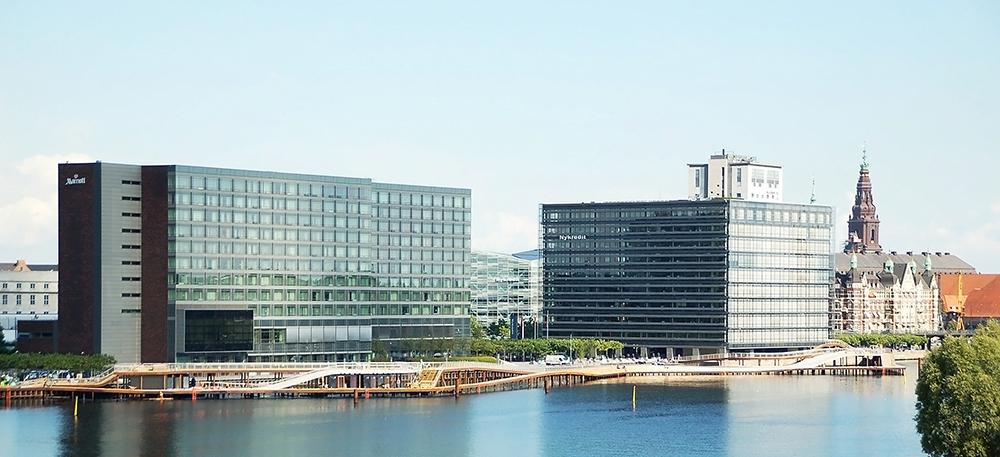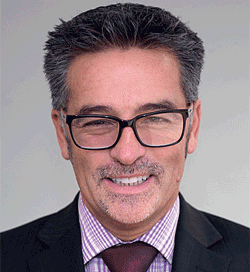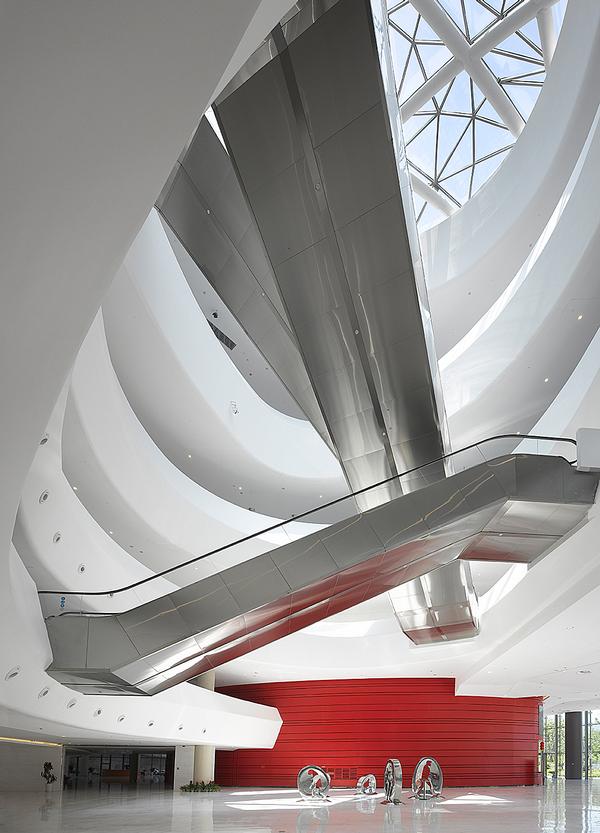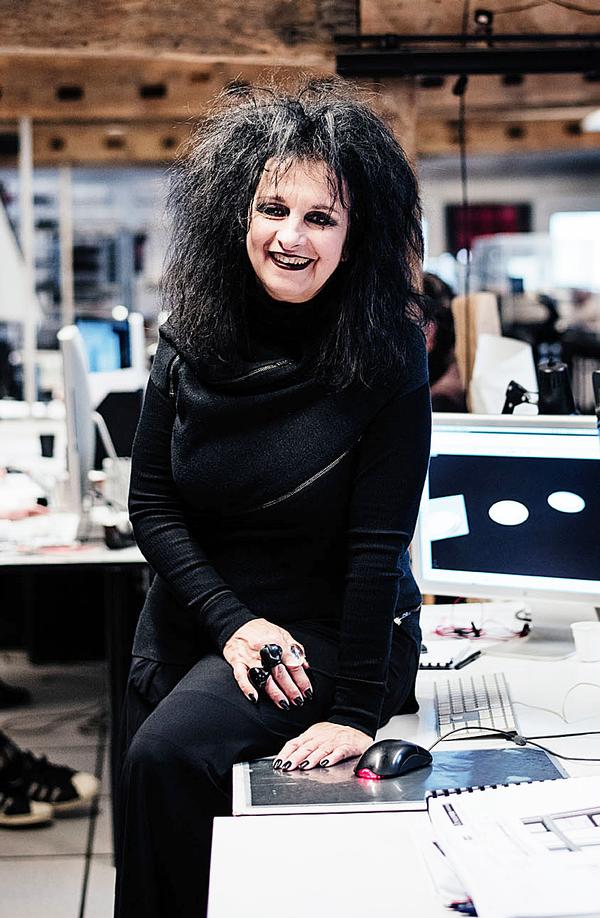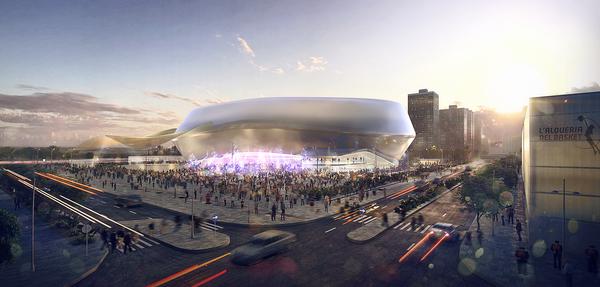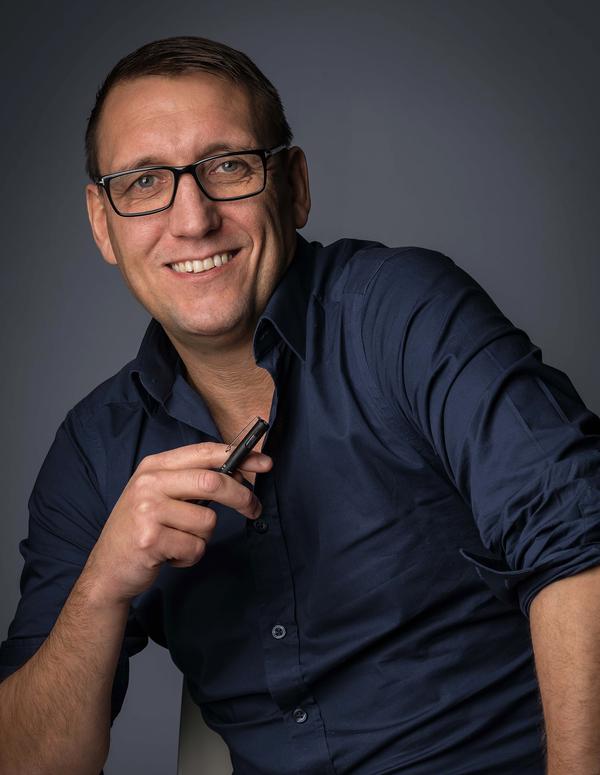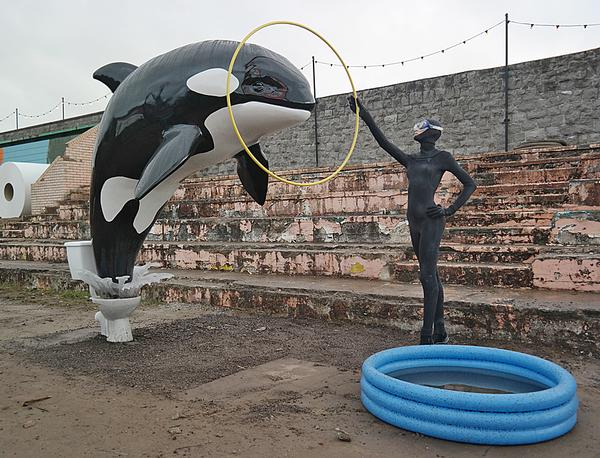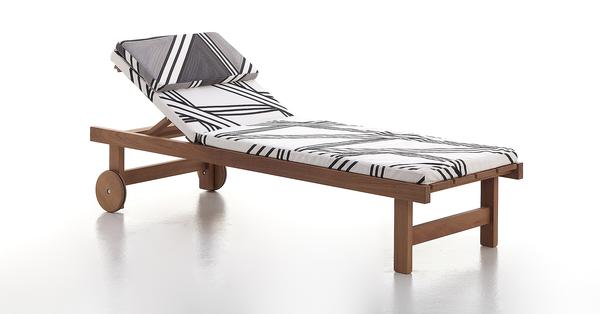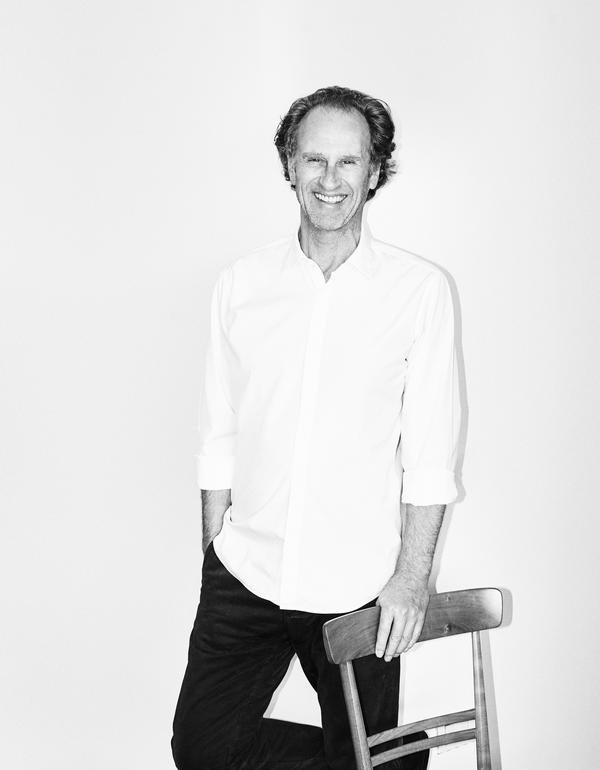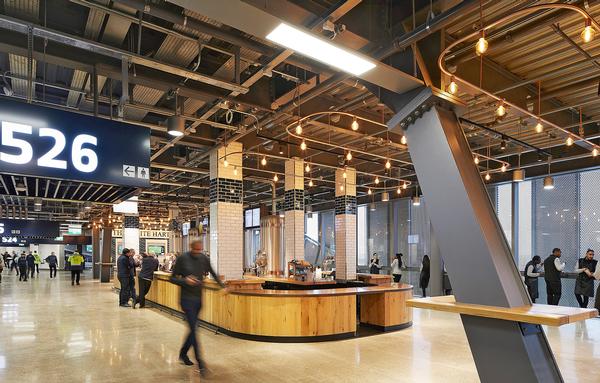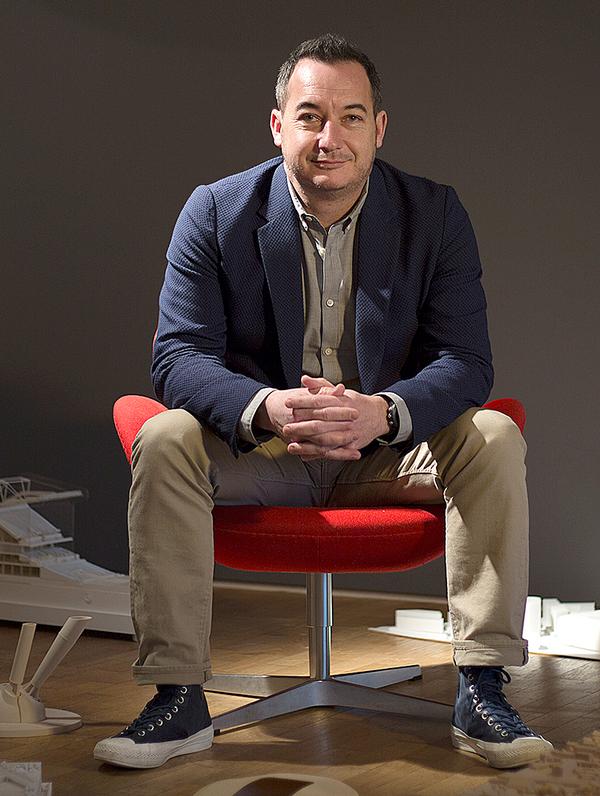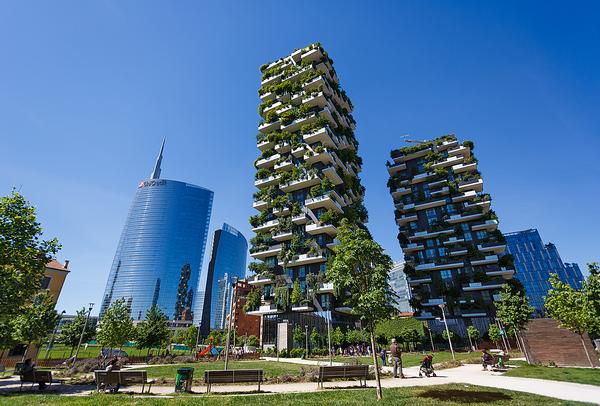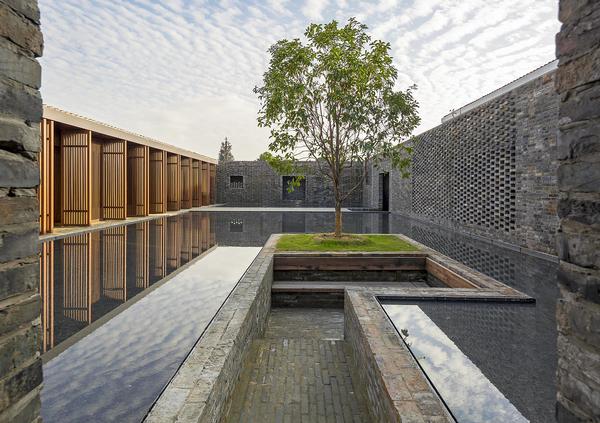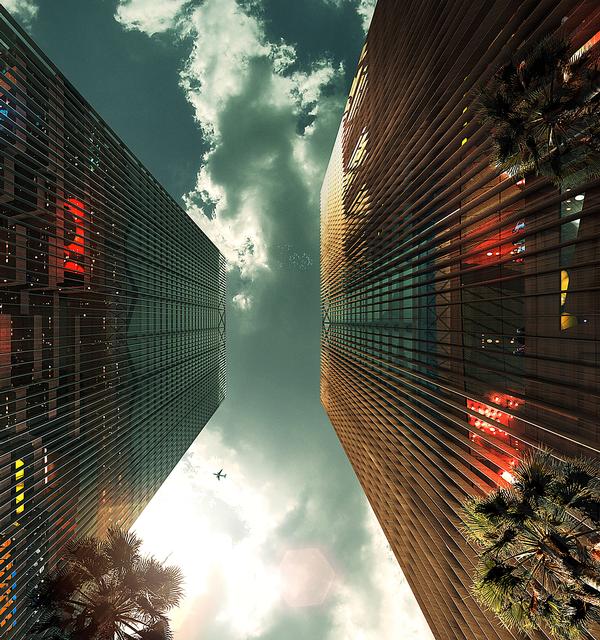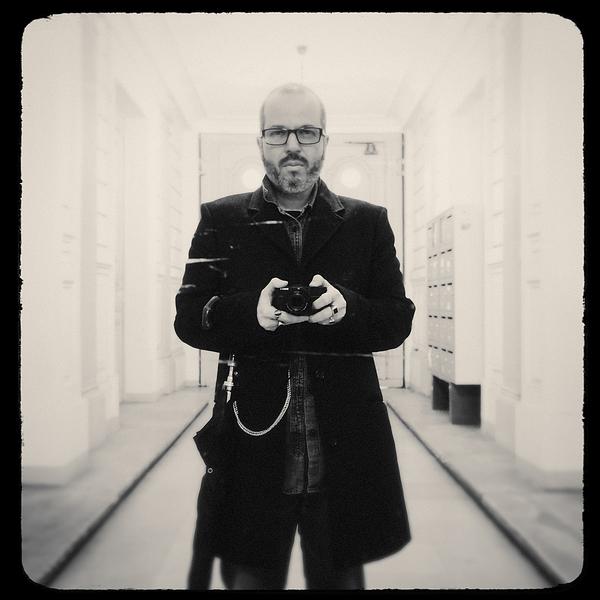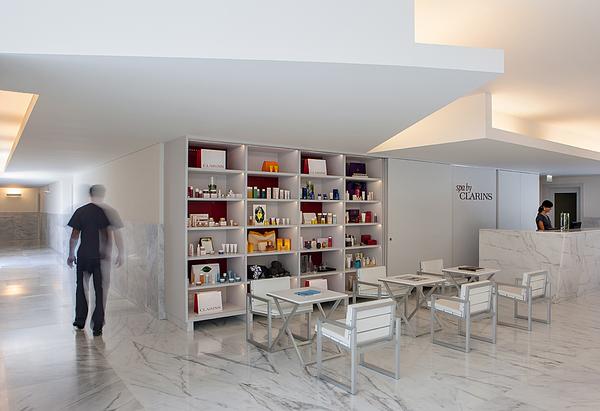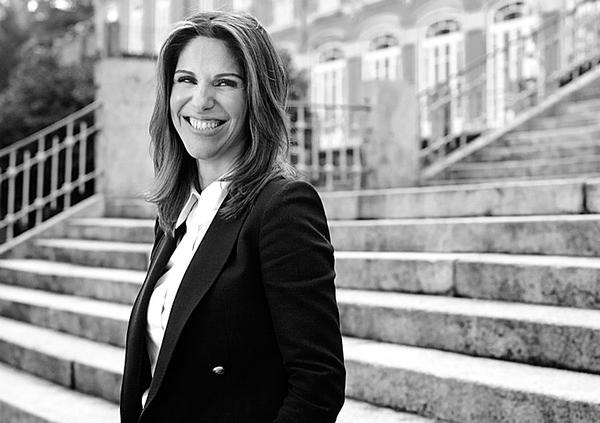Leisure & Culture
Creative thinking
Floating football pitches and a ski slope on the roof of a factory – just two of the ideas that demonstrate Copenhagen’s creative approach. Leisure and culture Mayor Pia Allerslev tells us more
It’s cool, quirky and green, with a city council that has a reputation for saying yes instead of no to ambitious new projects.
The past few years have seen Copenhagen’s council clean up the once polluted harbour and build harbour baths, featuring a series of pools for people to swim in.
The nearby Blue Planet aquarium, opened in March 2013, has thrown a spotlight on the area, as have the hit series The Killing and Borgen, both filmed in the city. Copenhagen’s Noma was voted the world’s best restaurant for three years in a row, and its founders have spearheaded a new culinary movement, promoting Nordic cuisine in Denmark and around the world. Its green agenda is an inspiration for other cities worldwide, with plans in place for Copenhagen to become the world’s first CO2 neutral capital by 2025. And it’s seen as one of Europe’s most bike-friendly cities, with 55 per cent of Copenhageners cycling 1.2 million kilometres daily. It has 400 kilometres of well-designed bike lanes and a comprehensive municipal bicycle policy aiming to get even more Copenhageners on their bikes.
All this adds up to a content population – the Danes are the world’s happiest people, according to Columbia University’s 2013 World Happiness Report, and a study by Green Growth Leaders has shown that Copenhagen’s green ambitions have led to a significant improvement in the quality of life for the residents of the Danish capital.
Future projects include the opening of a major new arena in 2015 and a new metro system set to open in 2018. A pioneering waste to energy plant is currently under construction, and funding is being sought to build a ski resort – designed by Bjarke Ingels Group (BIG) – on the plant’s roof. And Copenhagen is attracting more and more major sporting and cultural events, with the Iron Man competition and the Eurovision Song Contest just two of the events taking place in the city next year.
The local government of Copenhagen consists of a governing body, the city council, which has seven mayors, each with a responsibility for a different area. Here Pia Allerslev, Mayor for Culture and Leisure Administration since 2008, talks about her plans to make the city even more vibrant.
Pia Allerslev,
Mayor, Culture and Leisure, Copenhagen City Council
What is your vision for leisure and cu1lture in the city?
For me, it’s very important that Copenhagen is an open, active and vibrant city, where you can always find something to do. It has to be very easy to have a fantastic life in Copenhagen, whether you are a tourist, a student or you live here permanently.
Has it changed much since you became Mayor?
When I became Mayor, six years ago, it was very difficult to get permission to hold events in Copenhagen’s parks, squares and open spaces. Now it has become very easy; the people who grant permissions have gone from saying no to everything, to saying, ‘maybe this isn’t the best place for your event, but if you try this other location you should get permission’. That’s been a big change. We invite people to be active and to create their own events as part of living in Copenhagen.
What’s your favourite thing about Copenhagen?
It’s the people and the feeling you get when you walk around it. It’s a warm, open, vibrant and safe city. It’s also quite small, so you can walk or bike around Copenhagen very easily.
The council has a reputation for saying yes to ambitious projects. Has this been a conscious decision?
Yes. If you want to have a fantastic city, you have to be brave and take chances. For instance, when we held the UCI Road Cycling World Championships here in 2011, it was a big risk for us. A lot of Copenhageners thought that the event was going to be rather annoying and inconvenient because we had to shut down the whole inner circle of the city for three days. We turned it into a fantastic experience for everyone though. Copenhageners had a chance to ride on the track themselves, and to watch the event from the first row in their own city. We turned the experience into something really positive.
For me it’s very important that if we want Copenhagen to be this open, vibrant and cool city, we have to walk the walk. We must be able to say yes to varied and big events.
What will the opening of Copenhagen Arena mean for the city and its residents?
I have been really focused on the new Copenhagen Arena [see below for more information], which is due to open by the start of 2016.
It’s so important for our city to be able to host bigger concerts and events, which are currently going to other countries or occasionally to other parts of Denmark. It will be a big benefit for the city. It will bring lots of people here, and hopefully they will stay for a few extra days and bring life to our city, restaurants, hotels and shops.
What impact has the opening of the Blue Planet aquarium had on Copenhagen?
The Blue Planet isn’t actually in the city of Copenhagen – it’s on the island of Amager, around 10km from the city centre. It’s a fantastic place and a fantastic landmark, and is important for us because it’s one of the attractions of the area. We are proud of having it in our area, but we can’t take any credit for it.
Have you been involved in Bjarke Ingel’s plans to build a ski slope on the roof of Copehagen’s new waste to energy plant?
Yes, I have. Work has started on the waste to energy plant and we are trying to find the funding to create the ski slope on the roof and turn this fantastic project into a reality.
We have to build the waste to energy plant anyway, so why not try to incorporate a recreational area into it? Everyone thinks it’s a fantastic idea and I’m sure we’ll find the funding to make it a reality.
What impact have the harbour baths had on the city?
Back in 2002 we cleaned up the harbour [by modernising the sewage system]. Once it was clean, we decided that instead of people just looking at the harbour and thinking about how clean the water was, we should allow them to actually swim in it.
We built four harbour baths, and the first opened in 2002 – two of them are open all year round. During the winter time when it’s freezing and the harbour is covered in ice, you still see Copenhageners jumping into the water. During the summer, they are extremely popular. They are open all day and they’re free – people can use them as they would use our parks and open spaces. I really want to have a few more harbour baths, because we want all Copenhageners to have easy access to our clean and safe water.
What events are taking place in Copenhagen over the next 12 months?
The Eurovision Song Contest will be taking place in May 2014 in Copenhagen. We are already preparing for it and building a whole new venue for it. We’re trying to include Copenhageners as much as we can. We’ll have a huge party and try to make it as good as they did in Sweden.
We will also be hosting the Iron Man competition in August 2014. It’s one of my favourite events – we held it here for the first time in August 2013. It takes place right in the centre of the city, and is really fantastic, with lots of participants and spectators and a great atmosphere.
What are your main aims over the next year or two?
My main aim is to continue to attract big events to Copenhagen, but also to make the city even more accessible. When you come here as a tourist you should have the feeling that it’s a very open place that’s easy to get around.
We also need to build more sports facilities. We have a lack of facilities, and we need to be creative because we don’t have much space left. Right now I’m trying to negotiate with private companies to see if I could buy or rent their rooftops to create basketball courts on, and also with the company in charge of the harbour to see if we could create a floating football pitch on the water. They have done it in Singapore [in Marina Bay] and it really works.
How does Copenhagen’s climate action plan influence what you do?
We have to be very sure, when we hold big events, that they are being run in a sustainable way. When people ask for permission to hold big events in the city, they have to explain to us how they plan to make them as sustainable as possible.
We need to be even better at creating more green areas for Copenhageners to use for sport and recreation. The harbour baths are a good example of how we try to combine the sustainable with the liveable.
Are there plans to make the city even more bike friendly?
Fifty per cent of Copenhageners travel by bike every day, which is amazing, but we want even more people to cycle. It’s a fantastic way of getting around, it’s sustainable and it’s great exercise.
Every year we add new bike lanes or new additions to make the city more bike friendly. We have 400km of bike lanes – it’s very important for us that people can get around easily by bike. We are also talking to the big truck companies about making cycling safer.
The people of Copenhagen have a reputation of being very creative. Why do you think this is?
We have a history of good designers, architects and creative people here in the city. We are trying to educate our children and students to continue being creative, and are trying to ensure they have the space and opportunity to be creative and develop their ideas. Last year we invested E3m into supporting a number of projects in the creative industries including the Copenhagen Cooking and Interactive Denmark festivals and the establishment of Eucroma, a new international cross-media school.
We have just launched a Copenhagen Film Fund and are trying to attract as many international film productions as we can. It’s part of telling the story of Copenhagen and of the Danish film tradition and the reputation we have right now for series like Borgen and The Killing. I’ve worked very hard on bringing the film foundation to life in Copenhagen.
What are the biggest challenges for leisure and culture in Copenhagen?
The greatest challenge is also one of the greatest things about Copenhagen – we get around 1,000 new inhabitants every month moving to the city. They all need a place to live and somewhere to send their kids to school, but they also need places where they can be active and enjoy culture. We need to build new facilities and think about how we can keep these people from leaving. It’s a big challenge.
Copenhagen to get a new arena
Architectural practice 3XN are responsible for the design of the Copenhagen Arena, a new multi-million euro sports, music and culture indoor arena being developed in Ørestad South, a few kilometres outside of Copenhagen’s city centre. It is due to open in 2015.
3XN won a design competition for the arena in 2012, with a flexible design that could be used to host a wide range of music and sporting events. The development team includes sports and venue specialists from AECOM, HKS Architects, Arup, ME Engineers and Planit.
The 35,000 sq m (376,736sq ft) facility will have a capacity of 12,500 spectators for sporting events such as handball matches and a 15,000 seated and standing capacity for concerts.
It will also feature large foyer areas and space for cafés, restaurants and bars.
3XN created a wave-like semi-transparent façade that allows people on the outside to catch glimpses of the activities within. The ‘waves’ lift up slightly above the entrances of the Arena, helping visitors to navigate the venue easily.
The City of Copenhagen and strategic philanthropic association Realdania have each made available DKK 325m (E43.6m, £37.8m) for the project with the rest of the money coming from commercially backed funding.
The arena will be able to host events and championships for sports such as ice hockey, handball and table tennis. In addition, it will be constructed to hold concerts and cultural events such as Disney on Ice and Cirque du Soleil.
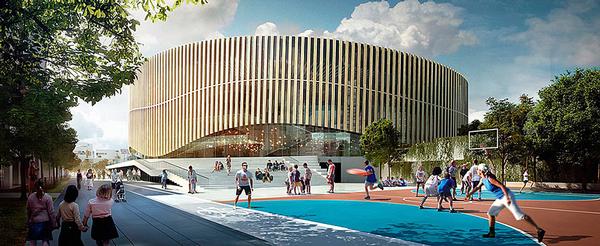
Big’s waste to energy ski slope project
We reported on the highly innovative mixed use waste to energy plant back in 2011 (LM Q1 2011). The project is the brainchild of the Bjarke Ingels Group (BIG), who decided that Copenhagen’s new waste to energy factory should be more than just a functional facility generating energy for the city – it should also be an iconic landmark, and should incorporate recreational facilities for locals.
The result was a design for one of the world’s cleanest waste to energy plants, with an artificial ski slope on its roof, a visitor centre and surrounding parklands, a green façade planted with foliage and a chimney blowing coloured smoke rings.
It all seemed to go quiet for a while, and there were fears the plan might have been scrapped, but the waste to energy plant broke ground in March 2013, and funding is currently being sought for the ski slope element of the project. The incinerator, which will burn the city’s rubbish to generate electricity, will replace the city’s 40 year old Amagerforbraending energy plant, and is due for completion in 2016. At 100m high, it will be one of Copenhagen’s tallest buildings, meaning it could support a 500m-long ski slope aimed at different levels of ability. The plant will supply 97 per cent of Copenhagen’s homes with heating, and around 4,000 people with electricity.
The idea is that an external lift will take visitors to an observation platform at the top of the building, offering views over Copenhagen. They will be able to ski down the roof on a recycled synthetic surface, and a visitor centre will teach them about the workings of the plant. In order to demonstrate the energy usage of the city, the smokestack will release smoke rings into the air each time one tonne of carbon dioxide is collected.
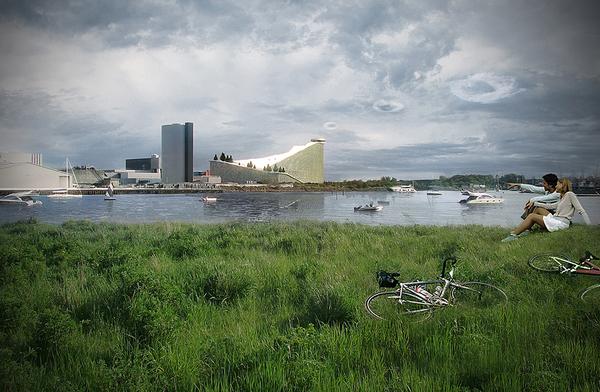
The Nordic Cuisine Movement
The growing Nordic Cuisine Movement was born in Copenhagen in 2004, when Claus Meyer and René Redzepi, founder and chef/manager of Copenhagen restaurant Noma respectively, invited chefs and food professionals from all over Norway to discuss Nordic cuisine. During the symposium, the attendees developed the New Nordic Kitchen Manifesto and the Nordic Cuisine Movement was born.
The Nordic Cuisine Movement revolves around the idea of using seasonal Nordic produce, promoting animal welfare and sound production methods, developing new ways of using traditional Nordic food products and combining local self sufficiency with regional sharing of products.
It’s fair to say that Meyer and Redzepi know a thing or two about food – since opening in 2003, Noma has won two Michelin stars and was voted the world’s best restaurant by Restaurant magazine for three years in a row (it was knocked off the top spot in 2013, but still came in a very respectable second place after El Celler de Can Roca in Girona, Spain).
The effects of this movement can be seen in many restaurants, but also in Danish home cooking – people became inspired to cook local dishes instead of southern European food, which had become a staple of the country.
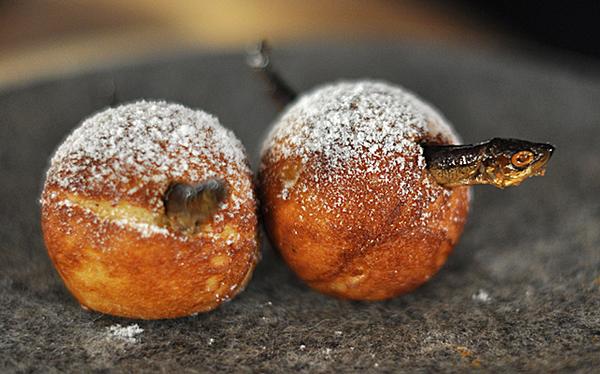
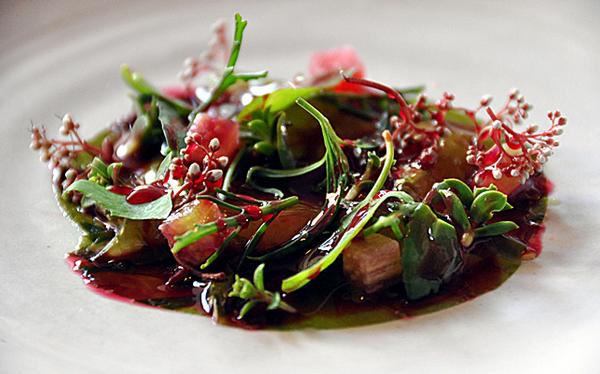
Easier cycling with the copenhagen wheel
The developers behind the Copenhagen Wheel were inspired by a desire to get more people cycling in Copenhagen. Despite the fact that Copenhagen has a high percentage of cylists, that number has remained static for a long time. A team of students at the SENSEable City Lab, MIT, in the US developed the Copenhagen Wheel in order to try and get that figure even higher by removing some of the barriers to cycling.
The Copenhagen Wheel transforms bicycles into hybrid electric bikes with built in sensors that provide feedback on pollution, congestion and road conditions in real time. It works by allowing cyclists to capture the energy dissipated from cycling and braking and use it when they need a bit of a boost on long journeys or up hills. The wheel is controlled via smart phone, which can be used to lock and unlock the bike, change gears and choose when to use the electric motor. Sensors in the wheel also capture data about how many calories are being burnt, road conditions, pollution levels, temperature and humidity.
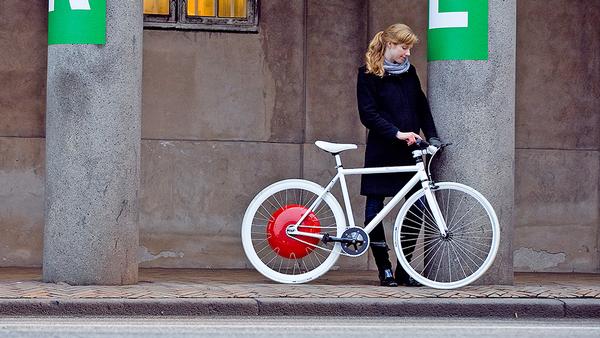
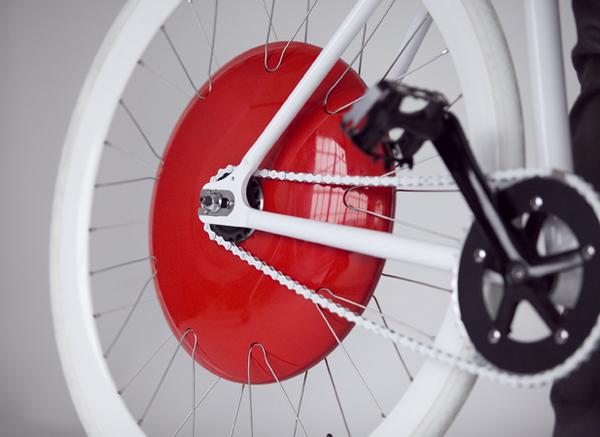
Tom Walker explores the story behind Tottenham Hotspur’s groundbreaking new football stadium
How Portugal’s biggest brewer enlisted the help of one of the country’s best known architects to turn two historic nature parks into thermal spa and nature destinations



